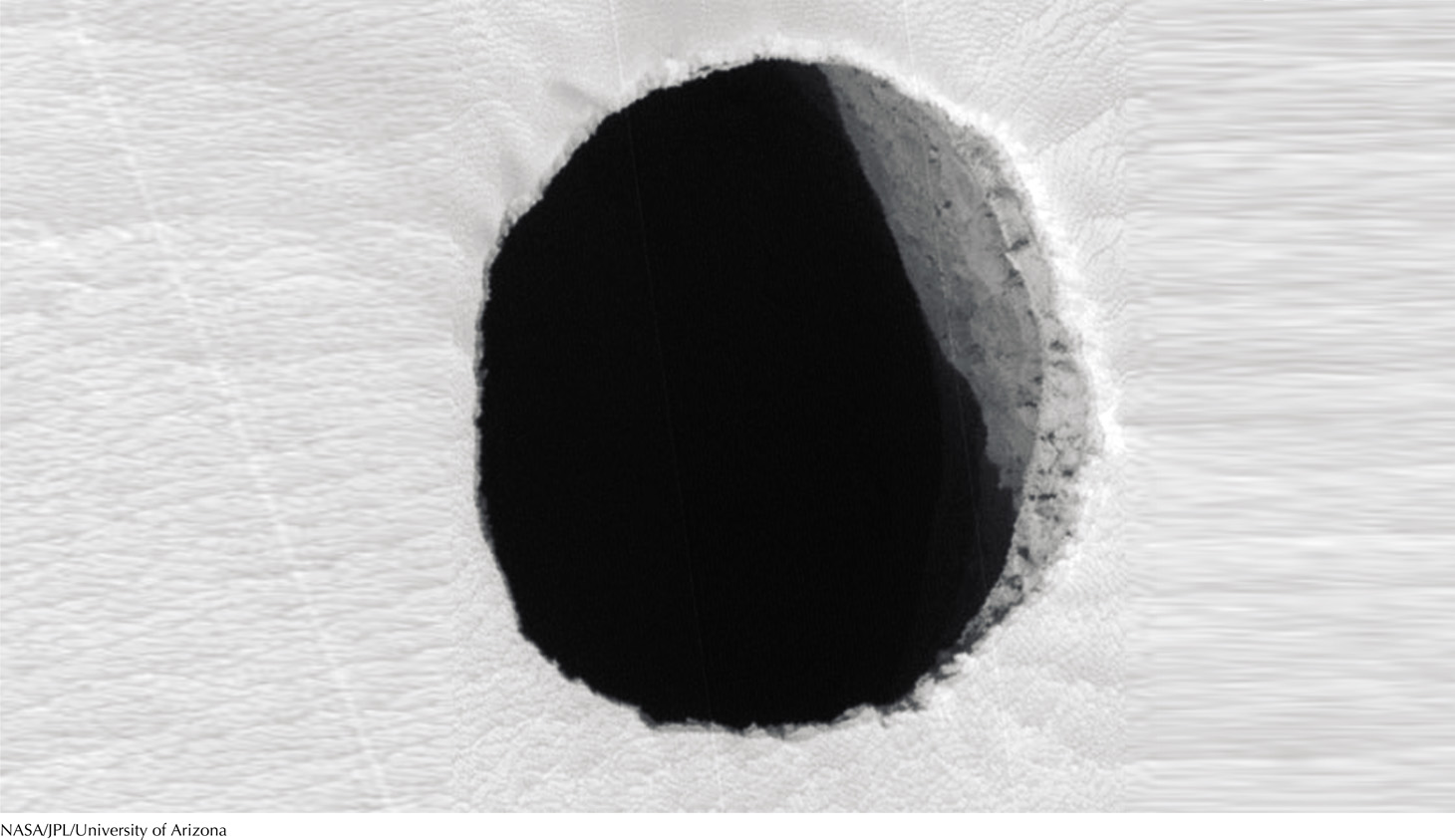193
CHAPTER 7

The Other Terrestrial Planets
WHAT DO YOU THINK?
 Which terrestrial planet—Mercury, Venus, Earth, or Mars—has the coolest surface temperature?
Which terrestrial planet—Mercury, Venus, Earth, or Mars—has the coolest surface temperature?
 Which planet is most similar in size to Earth?
Which planet is most similar in size to Earth?
 Which terrestrial planet—Mercury, Venus, Earth, or Mars—has the hottest surface temperature?
Which terrestrial planet—Mercury, Venus, Earth, or Mars—has the hottest surface temperature?
 What is the composition of the clouds that surround Venus?
What is the composition of the clouds that surround Venus?
 Does Mars have liquid water on its surface today? Did it have liquid surface water in the past?
Does Mars have liquid water on its surface today? Did it have liquid surface water in the past?
 Is life known to exist on Mars today?
Is life known to exist on Mars today?
Answers to these questions appear in the text beside the corresponding numbers in the margins and at the end of the chapter.
194
Every human being is unique: Each person has his or her own genetic makeup and personal history. On the other hand, people have many similarities: We all breathe air; we all consume food and water; and, under normal circumstances, we have common characteristics, such as two eyes, two hands, and ten toes, among other traits. To understand humans fully, biologists and physicians study our common features and then our individual peculiarities, just as psychiatrists and psychologists study our common behaviors as well as our behavioral differences.
The planets in our solar system also have similarities and differences that astronomers are learning to understand. For example, there are three basic groups of planets: terrestrial worlds (Mercury, Venus, Earth, and Mars), all roughly similar in size and chemistry to Earth; the much larger gas giant, or Jovian, worlds Jupiter and Saturn; and the planets intermediate in both size and chemistry, the ice giant worlds Uranus and Neptune.
In this first of two chapters on the rest of the planets, we explore the terrestrial worlds both individually and in comparison to each other and to Earth. The remaining four outer planets are presented in the next chapter.
In this chapter you will discover
 Mercury, a Sun-scorched planet with dormant volcanoes, a heavily cratered surface, and a substantial iron core
Mercury, a Sun-scorched planet with dormant volcanoes, a heavily cratered surface, and a substantial iron core
 Venus, perpetually shrouded in thick, poisonous clouds and mostly covered by gently rolling hills with few craters
Venus, perpetually shrouded in thick, poisonous clouds and mostly covered by gently rolling hills with few craters
 Mars, a red, dusty planet that once had running water on its surface and may still have liquid water underground
Mars, a red, dusty planet that once had running water on its surface and may still have liquid water underground
195